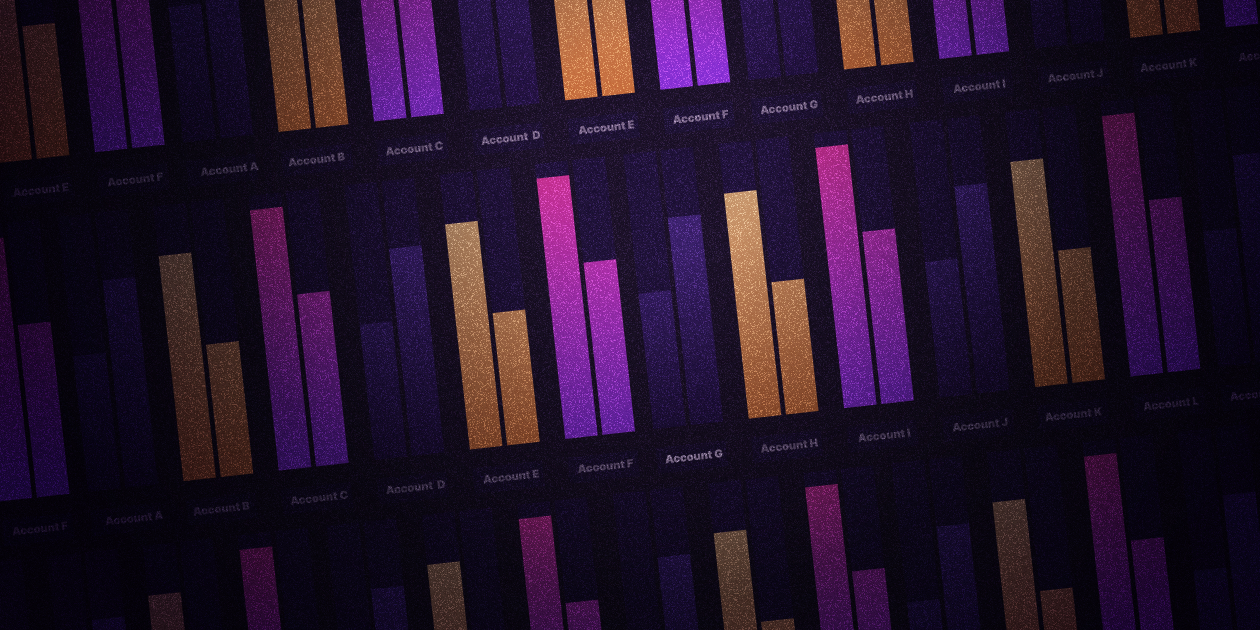
What Reg 1033 Means for Data Security and Privacy
At the heart of the Dodd-Frank Act's proposed Regulation 1033 lies a pivotal moment for the security and privacy of consumer financial data. This regulation brings to the forefront crucial questions about safeguarding sensitive information. Imagine a world where every transaction you make, every credit card swipe, could be at risk. That's the kind of scenario Regulation 1033 aims to address. The spotlight here is on the potential for data breaches and the improper use of consumer data. As we stand at this crossroads in financial data management and sharing, the stakes couldn't be higher. This regulation isn't just about compliance; it's about redefining the trust we place in our financial systems.
Data Security and Privacy Under Reg 1033
- Obligations for Data Providers and Third Parties: The proposed rule mandates significant responsibilities on both data providers, like financial institutions, and authorized third parties. This includes the requirement to provide the most recently updated covered data in a secure, electronically usable form, and to establish and maintain robust data security programs compliant with the Gramm-Leach-Bliley Act.
- Limitations on Data Collection and Usage: There is a strong focus on limiting data collection, usage, and retention to what is necessary for providing the requested consumer services. This approach aims to minimize the risk of data misuse and over-collection, aligning with practices found in the EU's General Data Protection Regulation (GDPR).
- Enhanced Consumer Control: The proposal emphasizes consumer control over their financial data. Consumers will have the right to access their data and share it with third parties of their choice, demanding a higher level of transparency and control over personal financial information.
- Data Providers’ Developer Interfaces and Security Measures: Data providers are required to create secure developer interfaces for data access requests and protect these interfaces with information security programs. This is a significant move away from less secure data collection methods like screen scraping.
- Concerns Over Existing Regulations: The implementation of Reg 1033 intersects with other regulations like the Gramm-Leach-Bliley Act (GLBA) and the Fair Credit Reporting Act (FCRA), raising concerns about potential conflicts, especially regarding consumer privacy and data security.
- Impact on Fintech and Financial Services Ecosystem: The rule could lead to new opportunities and challenges for fintechs, banks, and other financial service providers. While some may find new opportunities in expanded data availability, others may face challenges due to restrictions on data usage and the need for significant technological upgrades.
Conclusion
Regulation 1033 represents a significant step towards enhancing consumer rights in financial data management, marked by increased security, privacy, and control. However, the complex interplay with existing regulations and the need for substantial technological and procedural changes pose challenges that financial institutions and third parties must navigate carefully.
In the wake of these changes, how will financial institutions and fintech companies adapt their data security and privacy practices to comply with Reg 1033 while still fostering innovation and consumer trust?
References:




